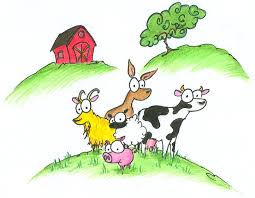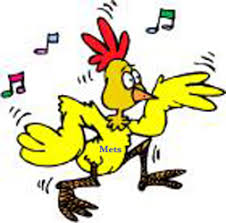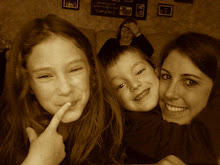


Two now hold that trunk, push your chest, yeah
Three sit up with help, then alone, yeah
Four stand up with help, then alone, yeah (x2)
Im growing up strong and learning as I go.
I go from a scoot way up to a walk.
So all the babies can learn to talk, yeah. -------------
Weve got a brand new dance to learn to use our muscles.
A brand new dance, its called the baby shuffle.
It dont matter if you young or you old.
Here we go) We gonna show you how it go.
Get that trunk, lift that chest, get that trunk, lift that chest
Now sit with support, and now by yourself
Now walk it with support, then walk it by yourself
Now its time to walk but with support
Keep on walking but hold someones hands
Now walk by yourself but with a lead
Keep on walking but all on your own
First you scoot your butt across the floor
Then you crawl; just use your arms, yeah
Now its time to creep, get on all fours
Now lets bear walk all by yourself.
Scoot it right, scoot it right, scoot it right, scoot it right
Crawl it left, crawl it left, crawl it left, crawl it left.
Now creep, now creep, now creep, now creep
Bear walk it by yourself, bear walk it by yourself. (x2)
Now you see what Im talking about.
We represent for the babies lets shout.
Where we known for crawling about.
Were gonna show you what were talking about.
First you reach out your hand out for something
Second you grab a hold, hold on it tight.
Then you drop it with good release, yeah.
Put it all together all by yourself. (x2)
Reach it right, reach it right, to the right, to the right, to the right.
Grab it left, grab it left, to the left, to the left, to the left.
Now release, release, come on baby release.
Now walk it by yourself, walk it by yourself. (x2)
And do the baby shuffle.
Now let me see you do the baby shuffle.
Its Jumping Jack and the Thriving Five
Dr. Yang running class got another hit indeed.




















